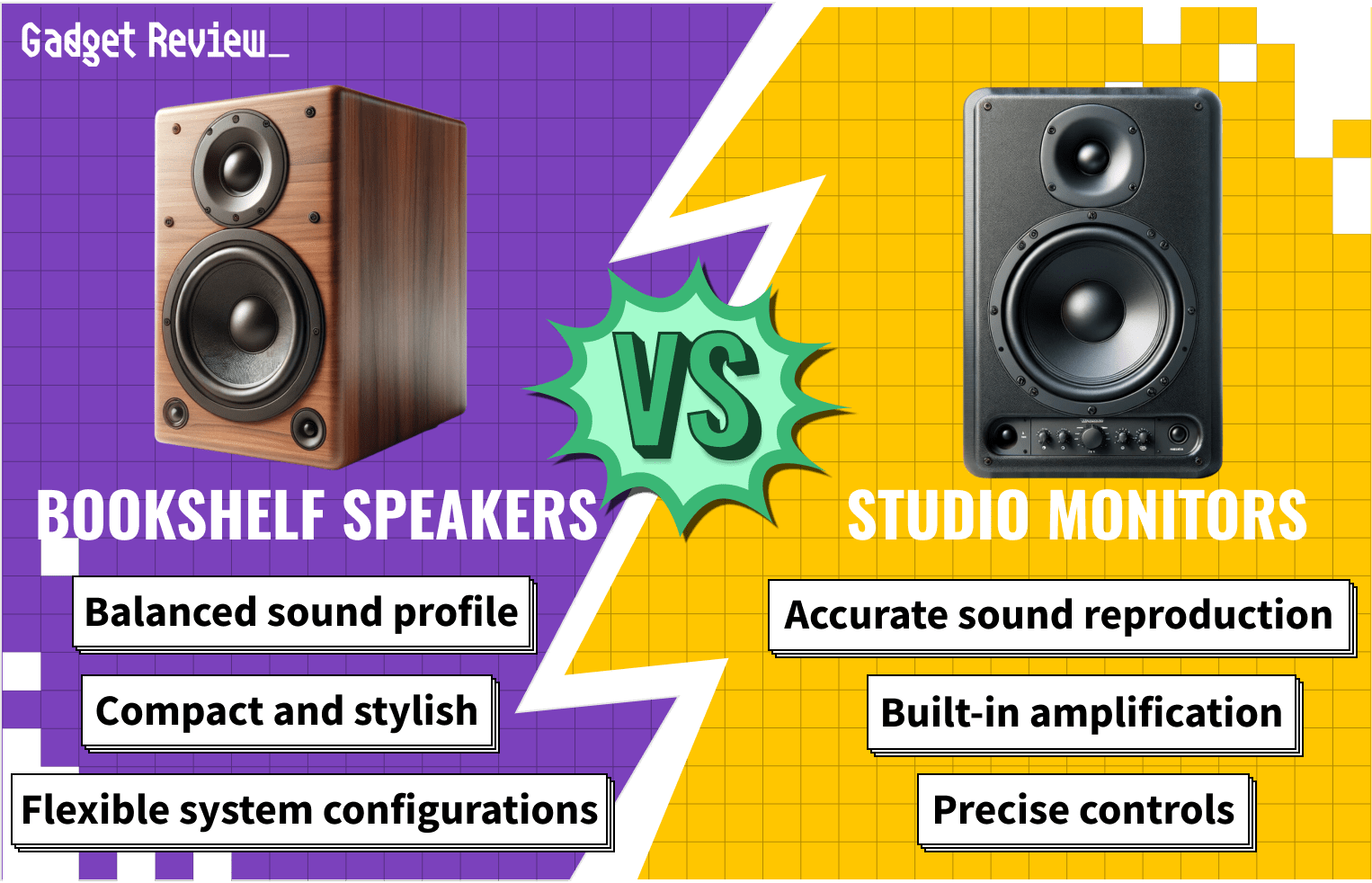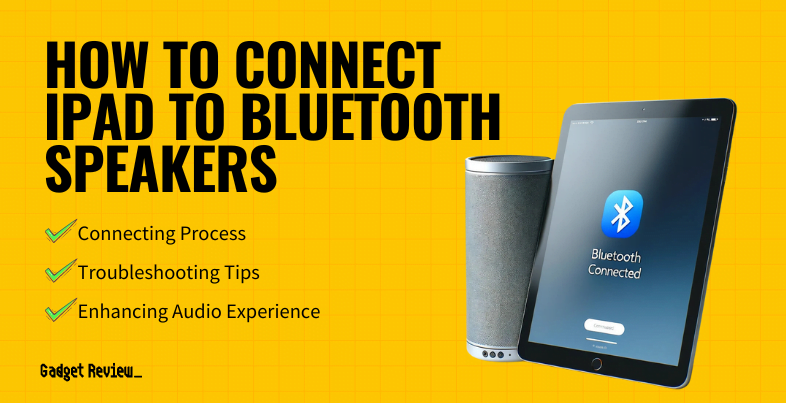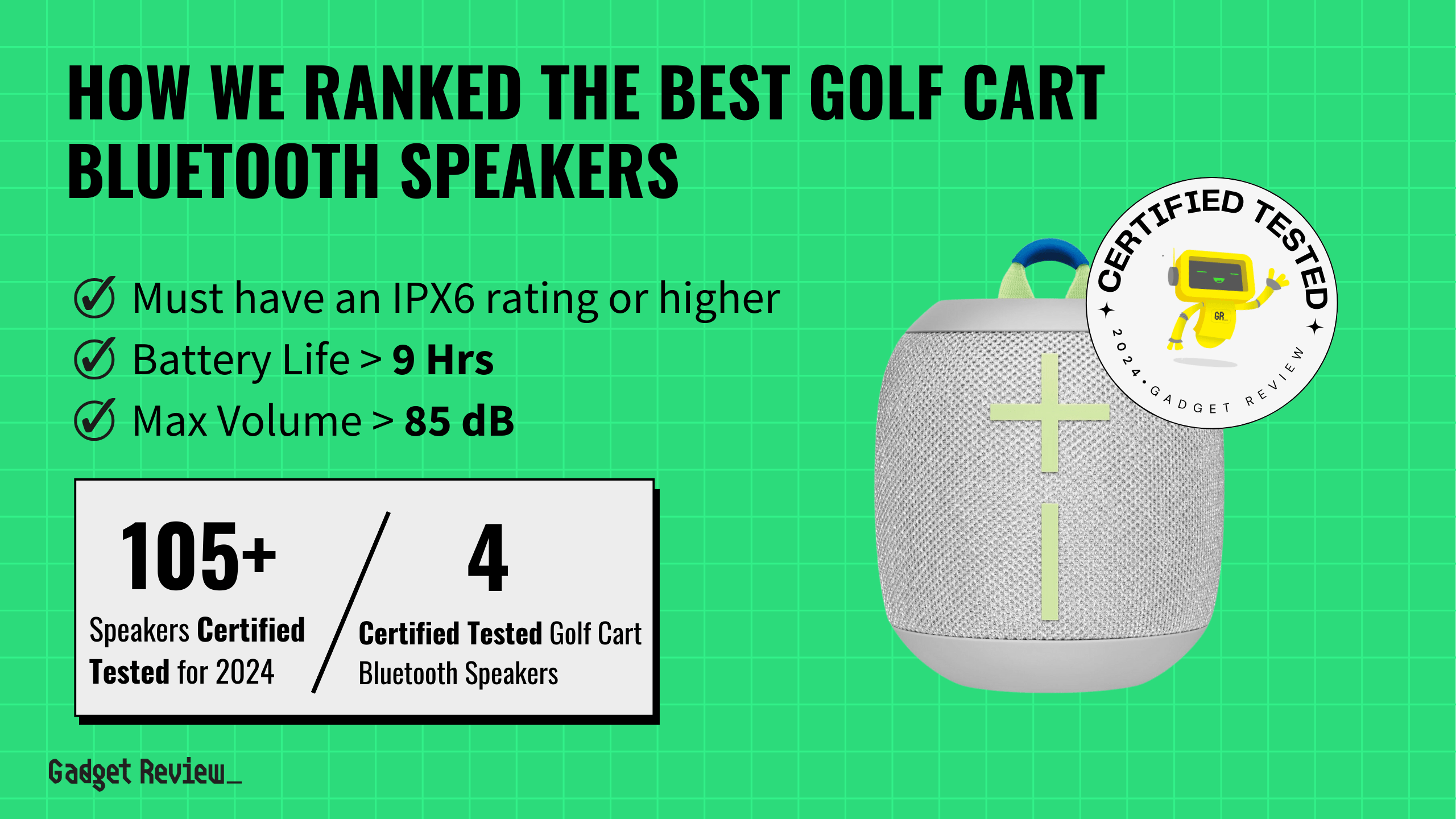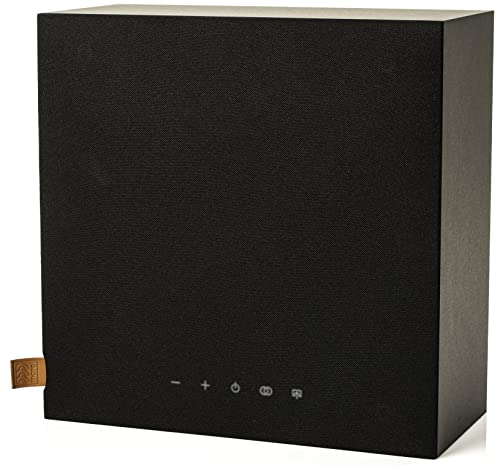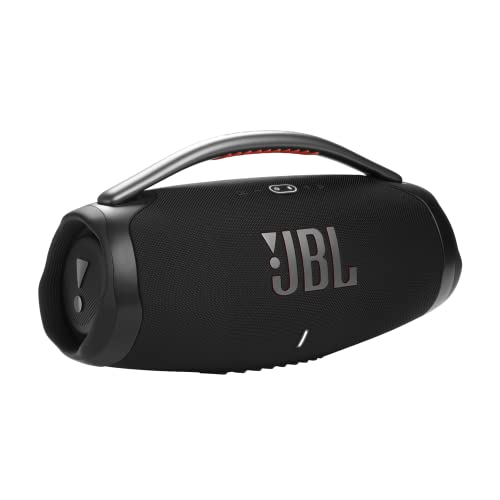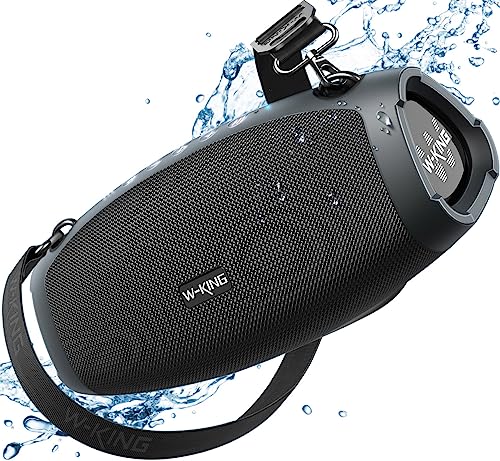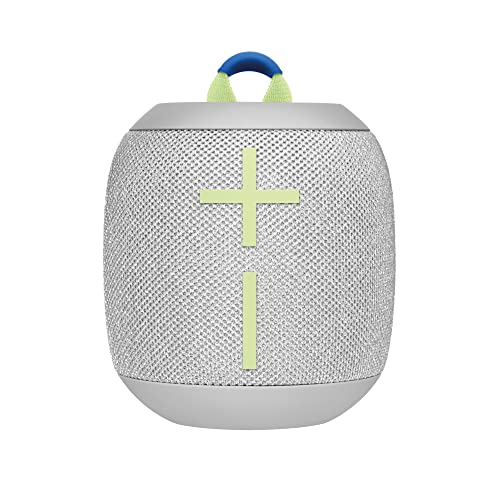If you’re looking for the best speakers, you may wonder about the difference between studio monitors and bookshelf speakers. When it comes to enhancing your listening experience, both options offer unique advantages, but understanding their differences is key to making an informed decision. The basic difference is that bookshelf speakers are more entry-level options, while monitors are geared more toward professionals. This article will examine the nuances of each speaker type, from sound quality to the intended environment, helping you to understand your options, whether you’re an avid music listener, a content creator, or someone who appreciates precise sound.
Key Takeaways_
- Bookshelf speakers are entry-level audio equipment that delivers a decent sound profile for casual listening and multimedia entertainment.
- Monitor speakers are production-level tools that offer audio engineers and music production professionals accurate sound.
- Most bookshelf models are versatile, good-sounding speakers, but they do not provide the precise sound of studio monitor speakers.
Studio Monitor vs Bookshelf Speakers
The primary difference between studio monitors and bookshelf speakers lies in their sound profile and intended use.
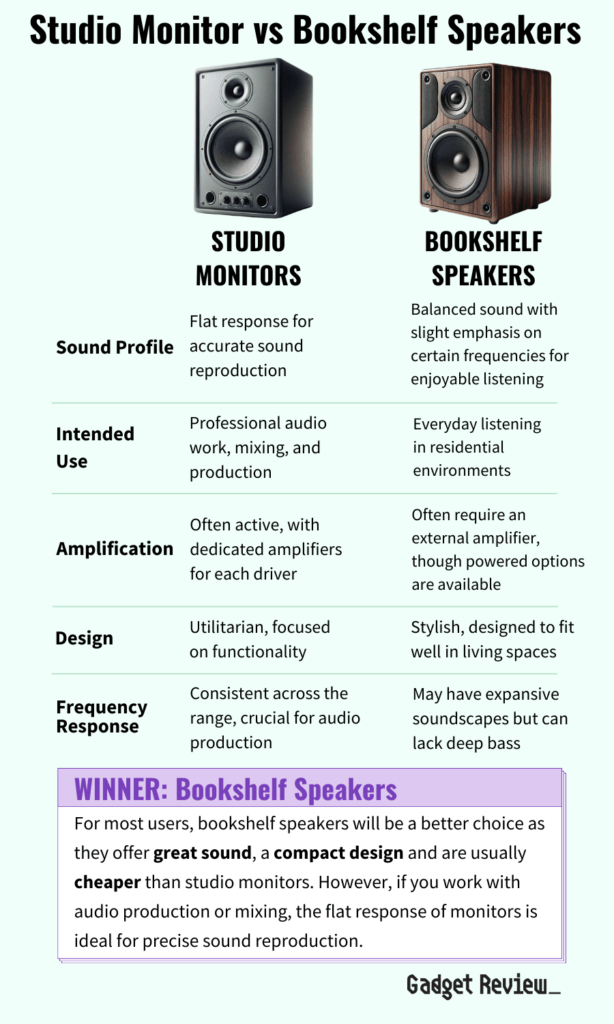
Bookshelf speakers are designed for a balanced sound that’s enjoyable for everyday listening, often with a slight emphasis on certain frequencies to enhance the listening experience.
In contrast, studio monitors aim for a flat response, reproducing sounds as accurately as possible, which is crucial for audio productions.
This distinction affects everything from the choice of tweeter and woofer to the design of the speaker’s enclosure.
Additionally, the price point and aesthetic design can vary significantly, with studio monitors often adopting a more utilitarian look compared to the often more stylish bookshelf speakers.
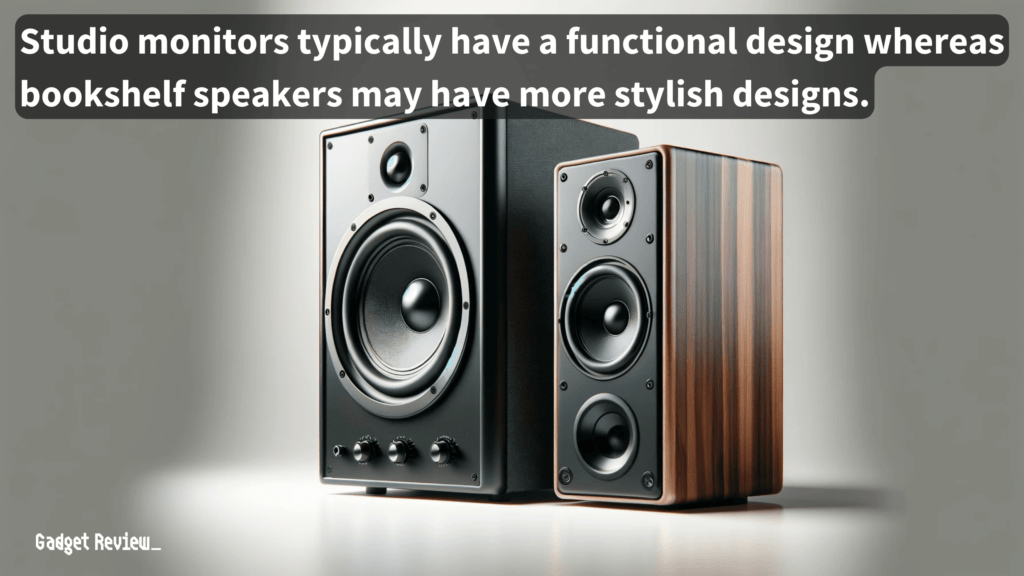
Studio monitors also usually feature active amplification, meaning each driver has a dedicated amplifier, optimizing the speaker’s performance across the frequency range.
Bookshelf speakers, on the other hand, might require an external amplifier, offering flexibility in system configuration but potentially increasing the overall cost and complexity.
The frequency range is another critical factor; while high-end bookshelf speakers can deliver expansive soundscapes, studio monitors provide a more consistent frequency response, essential for professional audio work.
STAT: According to a 2020 Pew Research Center poll, 83% of Americans listen to terrestrial radio at least once per week. (source)
Volume control and input options also differ, with studio monitors offering more precise control settings to cater to the nuanced needs of audio engineers.
Active speakers, such as many studio monitors, simplify setup by integrating amplification, whereas passive bookshelf speakers require a separate amplifier, which can be an additional expense and complexity for the average consumer.
Knowing how to clean speakers is essential to preserve their quality and longevity, whether they are studio monitors or bookshelf speakers.
Understanding Bookshelf Speakers
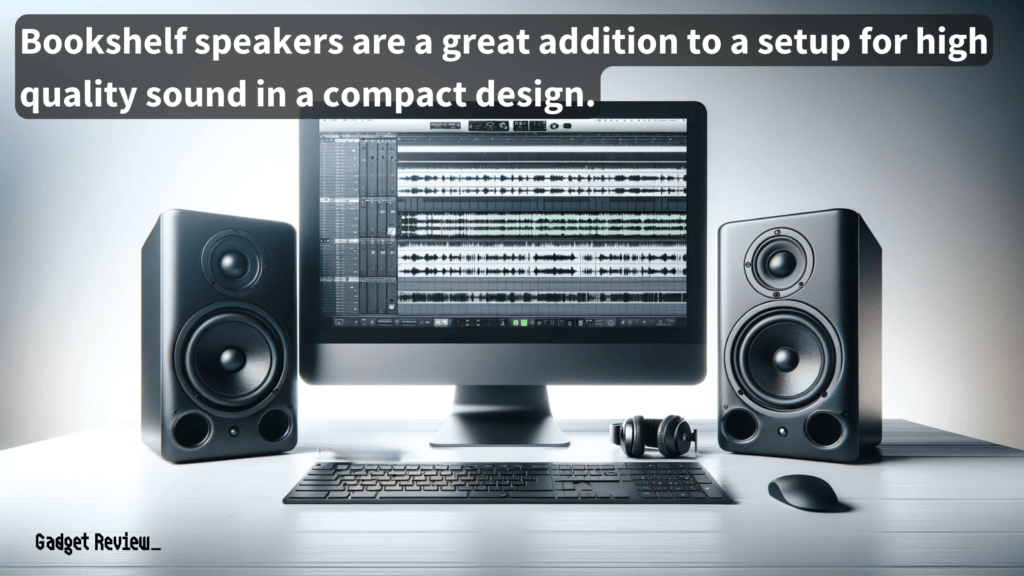
Bookshelf speakers, often seen as the quintessential hi-fi speakers, are renowned for their compact design and quality sound.
Ideal for residential environments, these speakers fit seamlessly into most spaces, providing a rich audio experience without dominating the room. With a focus on mid to high frequencies, bookshelf speakers typically lack the deep bass of larger floor-standing speakers but make up for it with clarity and detail.
Powered bookshelf speakers with a built-in amplifier offer an all-in-one solution, simplifying setup and reducing the need for separate power amplifiers.
A pair of bookshelf speakers can be an excellent choice for those seeking quality audio in a compact form, making them a popular option among audiophiles and the average consumer alike.
Understanding Monitor Speakers
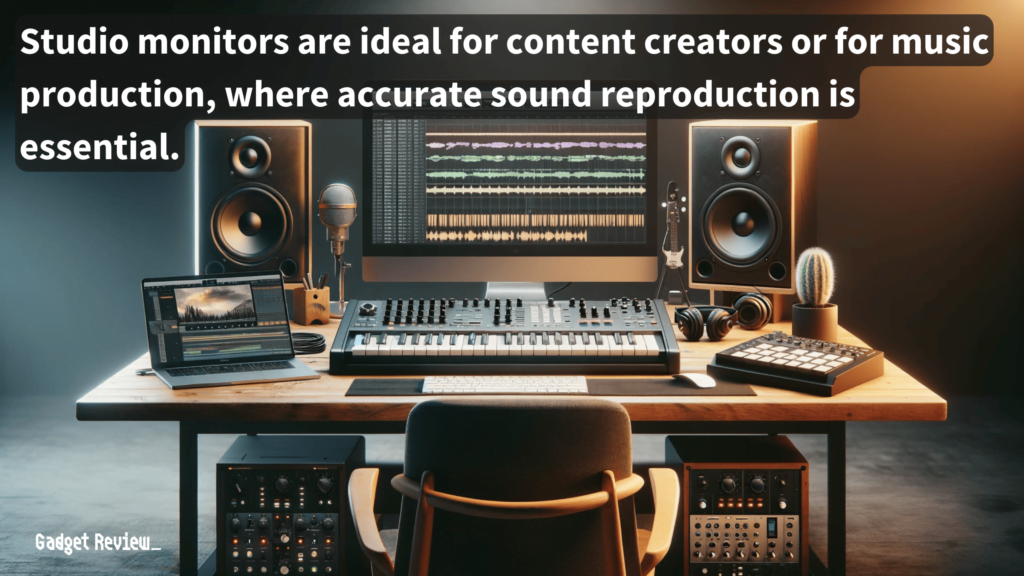
Great studio monitors, designed for critical listening in a studio environment, prioritize a flat frequency response to ensure audio is reproduced accurately.
This makes them the go-to choice for sound engineers and content creators who require precise sound reproduction for mixing and production.
Unlike regular speakers, studio monitors, especially active monitors, come with built-in amplifiers tailored to their drivers, eliminating the need for external amplification. This results in a cleaner sound with less noise from external equipment.
In a studio setting, a pair of studio monitors with XLR inputs can provide a reliable and accurate monitoring solution, essential for professional audio work.
Real-World Applications
In a home setting, a pair of high-quality bookshelf speakers can transform your living room into a mini-concert hall, offering an immersive listening experience for music and movies.
For content creators and sound engineers, however, the flat response and detailed audio output of studio monitors make them indispensable in a studio environment.
warning
If you hear electronic noise from your active monitor, you should disconnect the system to protect the powered subwoofer and other expensive speaker equipment.
The choice extends to gaming and desktop speakers, where space constraints and nearfield listening preferences might sway users towards compact, powered speakers with clear, accurate sounds.
The differences between studio monitors and passive bookshelf speakers are significant, especially when considering the need for an external power amp with passive speakers, which can affect the overall audio quality and system flexibility.
Making the Right Choice
Selecting between a bookshelf and monitor speakers hinges on your specific needs.
Consider the environment: a cozy living room might benefit from the warm sound of bookshelf speakers, while a home studio demands the precision of studio monitors.
Budget also plays a role; powered speakers offer a convenient, often more affordable option, but for those seeking the ultimate audio experience, investing in high-end speakers and separate power amplifiers might be worthwhile.
insider tip
According to audio engineers, you should place your bookshelf speakers at ear level for the best audio quality.
Always audition speakers before purchasing to ensure they meet your expectations in terms of sound quality and fit within your listening environment.
Ultimately, your journey to finding the perfect speaker type is both personal and technical.
Bookshelf speakers offer a versatile, consumer-friendly option for those seeking quality sound in a compact form.
Studio monitors, with their flat frequency response and precise audio reproduction, cater to professionals and audiophiles seeking accuracy.
Understanding the key differences and considering your unique listening needs will guide you to a decision that sounds just right, whether you’re an average consumer looking for an audiophile speaker experience or a professional in need of accurate studio monitors.


